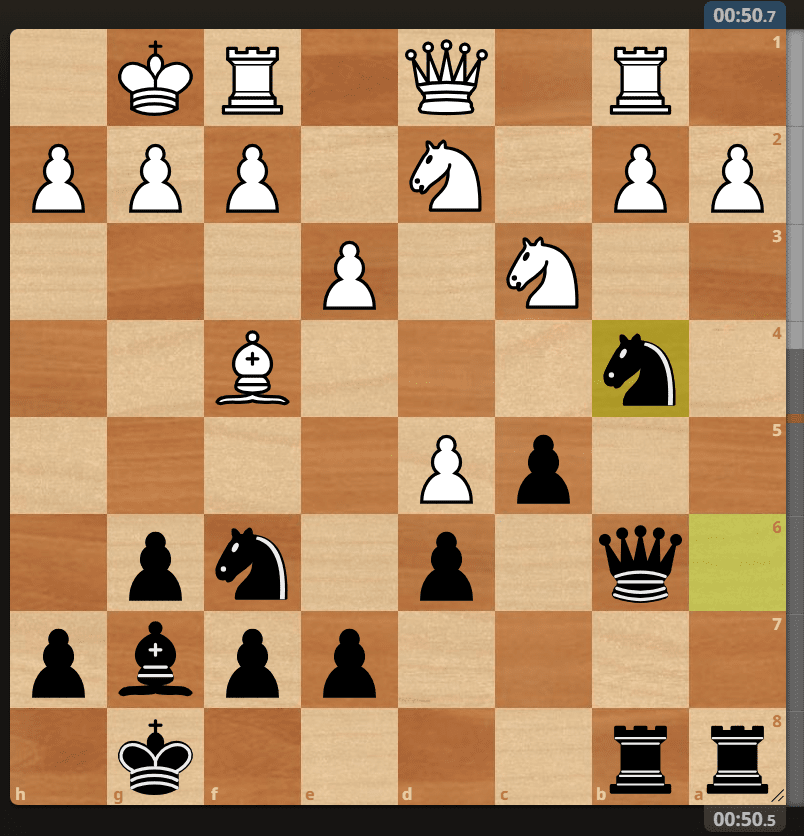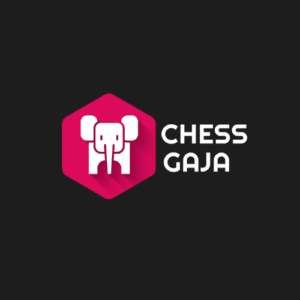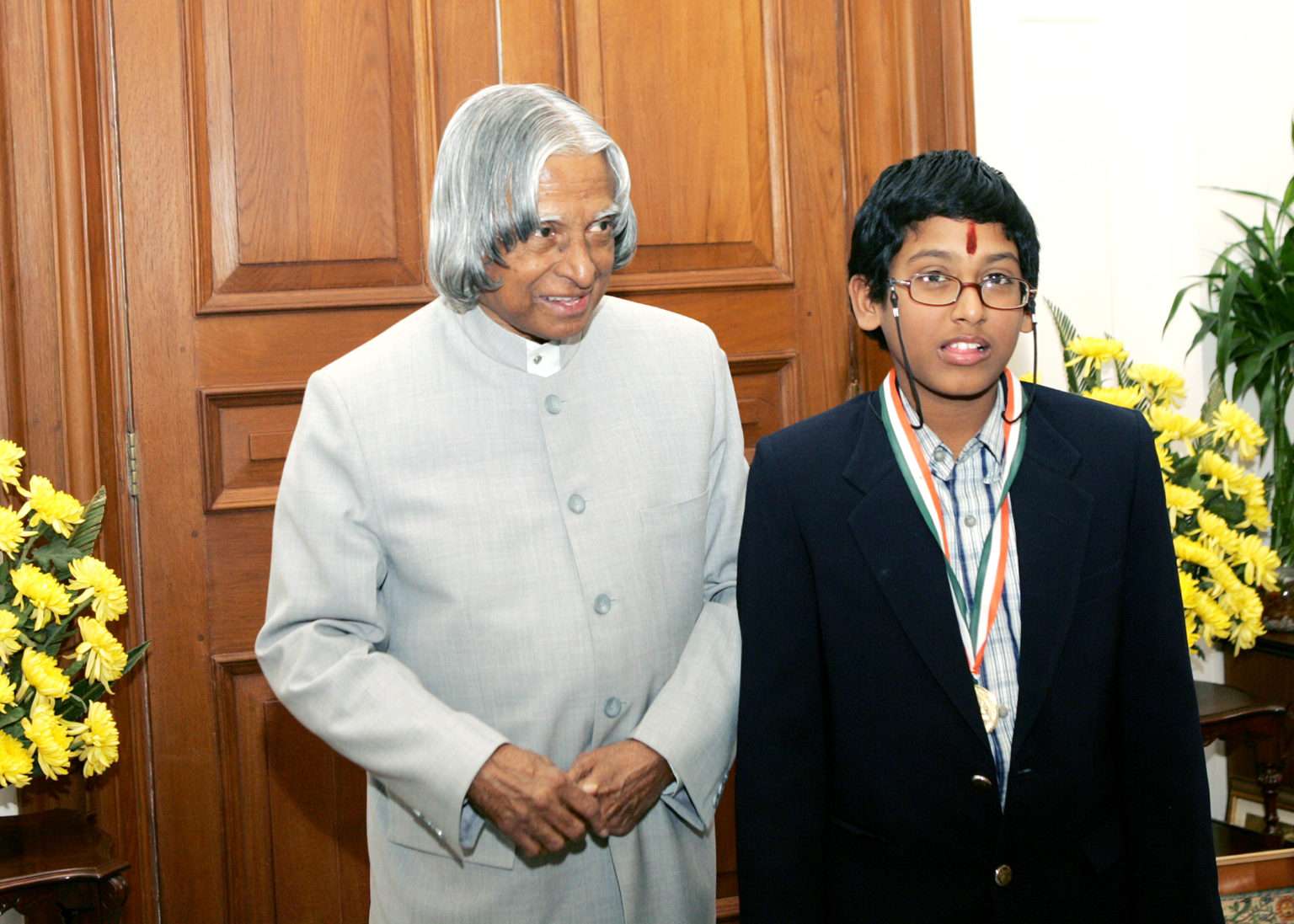A chess engine is a computer program that analyzes chess positions and suggests optimal moves. It operates by using algorithms and a vast database of chess knowledge to calculate the best possible moves based on the current state of the game. Essentially, it plays chess at an extremely high level (aka Stronger than the Best Human Chess Player by about 500 rating points!) by examining multiple outcomes in a matter of seconds. Chess engines have revolutionized both professional and casual chess, as they can analyze millions of moves and combinations far beyond what a human could process.
How Does a Chess Engine Work?
Chess engines use a combination of brute-force calculation and advanced evaluation techniques to determine the best moves. Here’s a simplified breakdown of how they work:
- Position Evaluation: The engine assigns a numerical value to the current position on the board, reflecting who has the advantage. Factors such as king safety, activity of pieces, material count (pieces on the board), pawn structure, space, etc are taken into consideration by the engine.
How to understand the numerical value in the evaluation
– If 0.00 The Position is Equal for both sides
– If you see an evaluation like +0.50, it means the White side has an advantage that is equivalent to having an extra half pawn.
– If you see an evaluation of -0.5, it means the Black side has an advantage that is equivalent to having an extra half pawn.
The higher the numerical number, the advantage is higher for that side. - Search Algorithms: The engine explores many possible future moves and counter-moves, often looking dozens of moves ahead. It employs algorithms like Minimax (to minimize losses and maximize gains) and Alpha-Beta Pruning (to cut down unnecessary calculations) to optimize its search.
- Move Generation: After evaluating all possible moves and their potential outcomes, the engine selects the move that leads to the most favorable position. Chess engines use both brute force (looking at all possible moves) and heuristics (evaluating moves based on strategic factors) to make decisions.
- Endgame Knowledge: Many engines possess extensive endgame tables, enabling them to play certain positions (with limited pieces) flawlessly. This helps engines dominate in the later stages of the game.
The Chess Engine Evaluation Bar
The Chess Engine Evaluation Bar is a key tool in modern chess engines like Stockfish and Leela Chess Zero, visually showing who has the advantage. The bar shifts dynamically, with positive values favoring White and negatives favoring Black, offering real-time insights into each move’s impact. This bar helps players and viewers analyze complex positions, quickly assess moves, and understand mistakes, making it invaluable for deepening strategic understanding and enhancing the overall chess experience.
The Engine bar sees extensive usage in online playing sites like Chess.com and Lichess, as well as by commentators when they explain moves during live commentary of important chess tournaments.

Top Chess Engines in 2024
Chess engines have become incredibly powerful over the years, and here are some of the top ones:
Stockfish: One of the strongest open-source engines, both amateurs and professionals, frequently updated and widely used Stockfish. It’s known for its deep analysis and powerful calculation abilities.
You can download Stockfish for free on their official website.

Leela Chess Zero (Lc0): Leela is based on neural network technology and learns patterns through self-play, similar to the way humans learn. While Stockfish relies more on calculation, Leela’s approach mirrors human intuition, making it a formidable opponent.

Komodo: Known for its strategic play and flexibility, Komodo is another leading engine. It excels in understanding complex positions and creating long-term plans, making it especially valuable for positional players.

Berserk: One of the newer chess engines, which is open source, and it debuted in 2021 and is particularly known for its very aggressive playing style.
You can download Berserk Chess Engine for free in this link.

Deep Blue: While not competitive with modern engines, Deep Blue holds historical significance, as it was the first engine to defeat a reigning world champion, Garry Kasparov, in a match.


How Chess Engines Help Improve Chess Skills
Using chess engines can significantly enhance a player’s game, regardless of their skill level. Here’s how:
- Post-Game Analysis: After playing a game, players can use engines to analyze their moves and see where they went wrong. The engine identifies mistakes and suggests better alternatives, allowing players to understand their errors and avoid them in the future.
- Learning Tactics: Engines are excellent for spotting tactical opportunities that players might miss during a game. By studying engine-suggested moves, players can sharpen their ability to spot tactics like forks, pins, and discovered attacks.
- Opening Preparation: Chess engines have massive databases of opening theory. Players can use engines to analyze specific openings, prepare new lines, and understand their strengths and weaknesses, giving them an edge in the early stages of a game.
- Endgame Mastery: Engines are useful in learning endgames. They can help players understand key endgame concepts, such as how to convert minor advantages into a win or how to hold a draw in a difficult position.
- Training with Self-Play: Many chess engines allow players to play against them at different difficulty levels. This kind of practice helps players develop their decision-making skills, as the engine provides challenging yet instructive games.
Best Ways to Use Chess Engines
While chess engines are powerful tools, using them effectively requires a strategic approach. Here are some tips:
- Don’t Over-Rely on Engines: It’s easy to fall into the trap of always turning to a chess engine for answers. Instead, try to solve problems on your own first. Use the engine as a learning tool to check your analysis, not as a crutch.
The reason I want to emphasize this point is because, many a time a particular move might look very easy to find with the help of an engine, but when you think about it without a chess engine, it might not make any sense, and you might see a lot of ghost variations in your calculation. - Figuring out why your intuitive or calculation is wrong: Whenever you see a position, you will have a natural intuitive move that comes to your mind first, and you might also spend some time to calculate and figure out a move that you think is the best in the position, and here is where you should use the engine to validate your move or try to poke holes in your idea and identify what variations or ideas you had missed or overlooked in your human calculation!
- Analyze Games with Commentary: Rather than just accepting the engine’s moves blindly, try to understand the reasoning behind each suggestion. You can achieve this by using engines with commentary features or by studying positions with a coach who can explain the ideas behind the moves.
- Practice Regularly: Use engines to practice positions, whether it’s playing against them or solving tactical puzzles generated by them. Consistent practice with an engine can improve pattern recognition and overall understanding of chess.
- Opening Training Games: Some players play a lot of training games against the engines to practice their lines, in order to gain experience while keeping their opening lines secret for use in tournaments.
Chess engines are invaluable tools that can elevate your game to new heights. Whether you’re a beginner seeking to learn tactics or an advanced player aiming to prepare for high-level competition, engines offer a vast resource for learning and growth. By using them without becoming overly dependent, you can hone your skills and deepen your understanding of chess.
Like any other technology, there are pros and cons of using engines for chess preparation, and we should be smart enough to use it to improve our game, and not become completely dependent on the technology.











